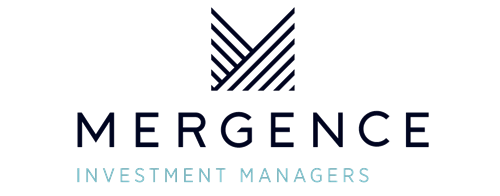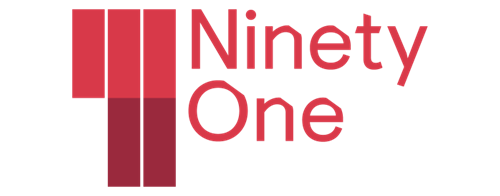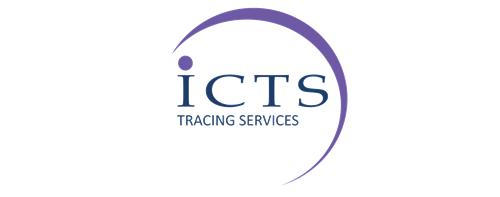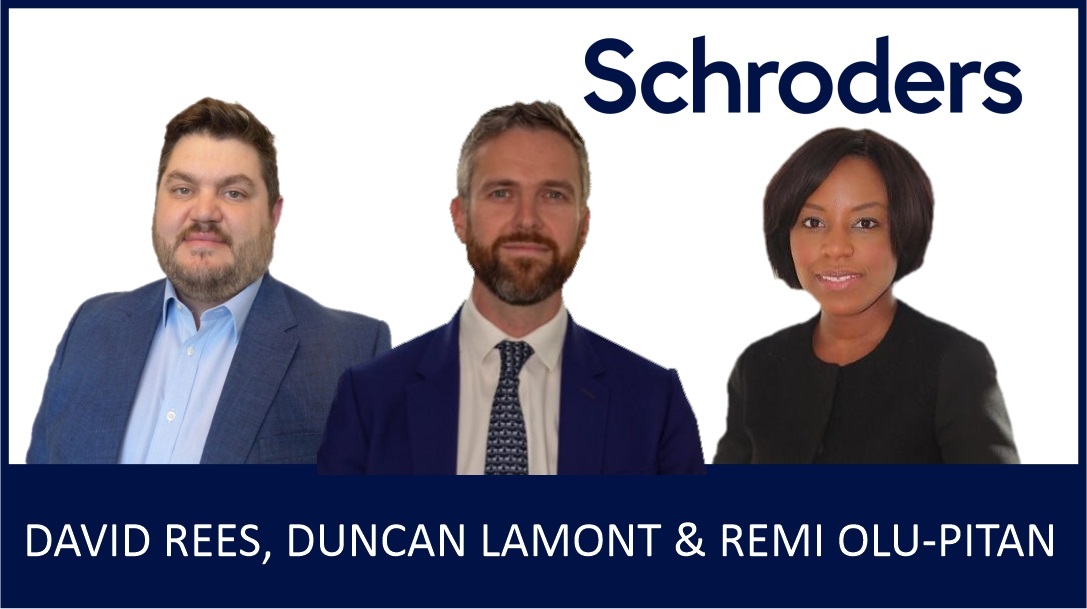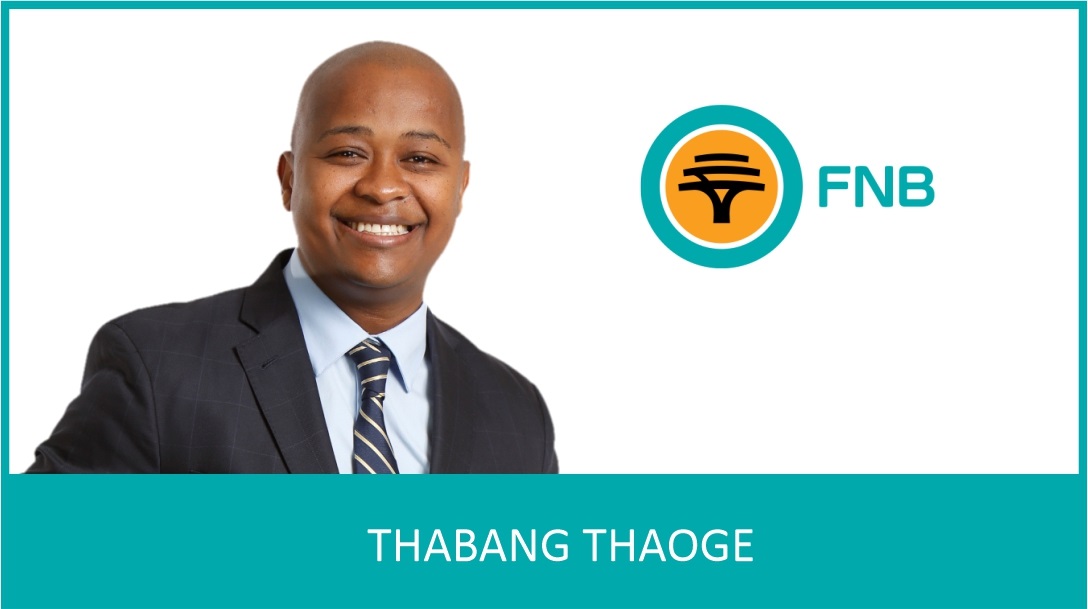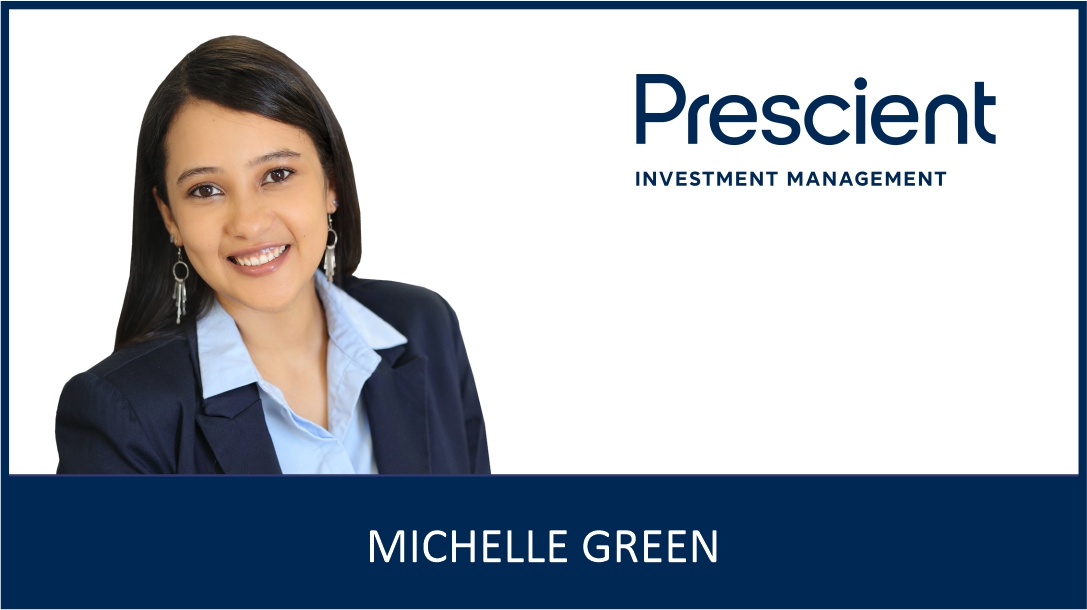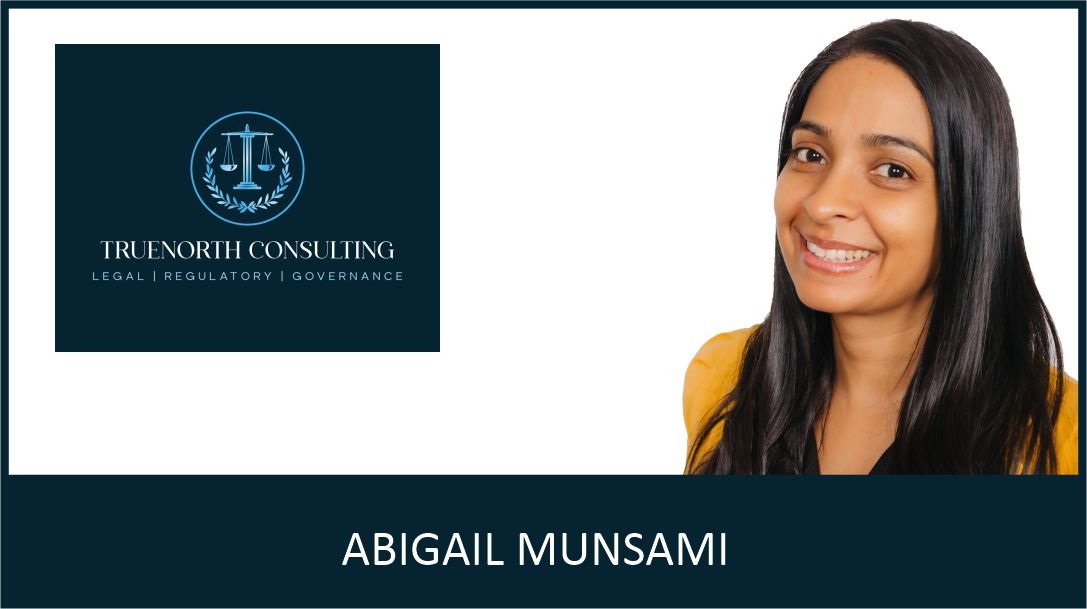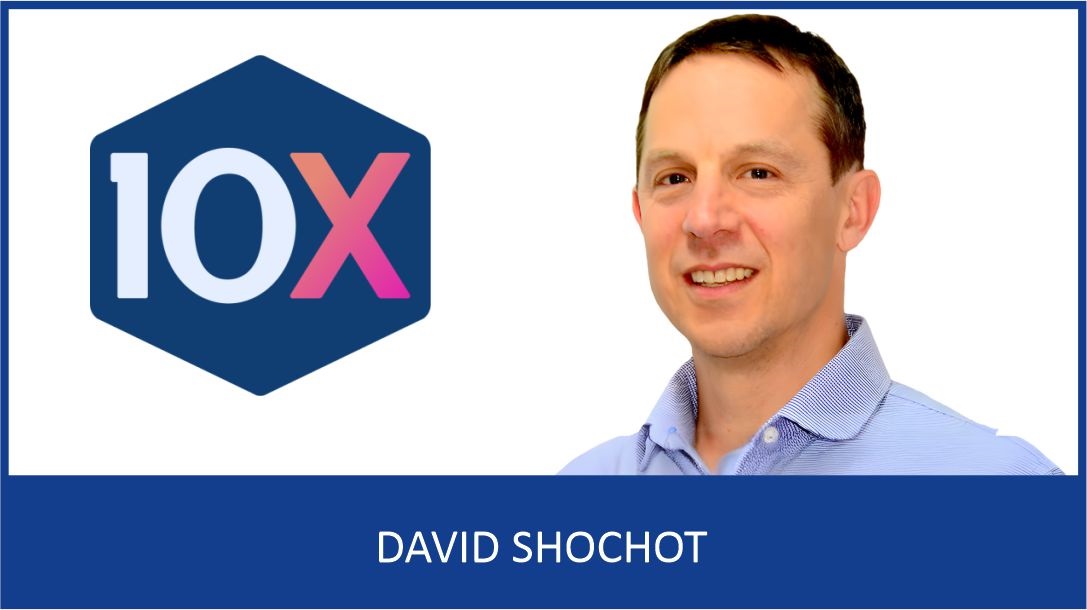David Rees, Head of Global Economics, Duncan Lamont, Head of Strategic Research and Remi Olu-Pitan, Global Head of Multi-Asset Growth and Income Strategy at Schroders
According to Schroders’ 2025 Global Investor Insights Survey, 63% of institutional investors and wealth managers view tariffs and protectionist trade policies as the most pressing macroeconomic concern today. In parallel, nearly 45% expect market volatility over the next 12 months to exceed levels seen during the global financial crisis, with 80% saying they are likely to employ active management in response.
Yet David Rees, Head of Global Economics at Schroders, maintains that the macroeconomic outlook is more resilient than it may appear. “If you look through the numbers, particularly on the developed market side and the US in particular, we actually think that for all the noise, current expectations of growth are too pessimistic.”
He points out that real wage growth in the US is around 2%, which should translate into good consumption growth and support economic growth given consumption accounts for a significant portion of the US economy. His team expects US GDP growth of 1.7% in 2025, with some pick up to 2.4% in 2026.
Stagflation not a reason to retreat
One key risk is the potential return of stagflation, particularly if tariff escalation or an oil shock materialises, although neither of these form part of the baseline economic scenario at Schroders. However, Duncan Lamont, Head of Strategic Research, says stagflation does not necessarily spell disaster for equity markets. Stagflation is an economic phenomenon characterised by higher inflation and slower economic growth.
“Our analysis shows a period of stagflation is a worse time than normal for the stock market, but on average, the stock market has managed to roughly match inflation in these environments; more often than not, it’s beaten cash.”
Lamont warns that investors overestimating the safety of cash may be undermining their long-term financial goals. “The most important risk for most people is not whether the portfolio goes down in the short term, it’s whether they can achieve their long-term goals. You’re pretty much locking yourself into working longer if you decide you’re going to put your money just into cash.”
Equity investment opportunities
Despite a challenging start to the year, the Schroders Multi-Asset team is maintaining exposure to risk assets, particularly US equities. “As we go into the second half of this year, we think that political noise will remain in place, but investors will start to focus on the macro environment and potential liquidity,” says Remi Olu-Pitan, Global Head of Multi-Asset Growth and Income Strategy at Schroders. “Those tailwinds will be very favourable for US equities.”
While valuations are high in the US, she says investors risk underperforming if they sit on the sidelines. “Many investors are holding back from investing because of political noise. That fear of missing out will reassert itself because there is a divergence between how investors are allocated to assets and the reality of a supportive economic backdrop. We believe there could be an opportunity for US equities to surprise to the upside this year.”
Schroders’ multi-asset team remains overweight European equities. As Lamont points out: “Compared with US equities, a similar proportion of European companies are forecast to deliver double-digit earnings growth in 2026 but are priced much cheaper.” He believes many investors have become blinded by the performance from US equities over the past few years and that there are plenty of good investment opportunities to be found elsewhere in the world.
Olu-Pitan sees significant opportunity in emerging markets, particularly China. “We now need to see some confidence in emerging market assets” she says. “A weaker dollar could provide a boost to sentiment and encourage inflows into emerging markets, including into China. Chinese equities, particularly the tech sector looks interesting, especially when you compare its valuation gap with US tech, which is not justified in our view. We think that there is a very strong opportunity for Chinese equities and Chinese tech to outperform.”
Both Lamont and Rees emphasise active management is crucial in an equity market as vast and varied as China’s. “Buying the market will expose you to all manner of companies – the great ones and the not-so-great ones so it’s really important to do your research,” Lamont says while Rees highlights the importance of looking for companies with pricing power that are unlikely to be negatively impacted by ongoing deflation in the housing market.
Fundamentals remain key
With yields climbing and inflation running above central bank targets, bonds are no longer as compelling as they once were, says Olu-Pitan. “Yields are interesting but are they attractive enough for the volatility that’s likely to come our way?” she asks. “We think not. A stagflationary backdrop isn’t favourable for bonds. We need to embrace the idea that inflation will be higher than central bank targets and in such an environment, you can achieve attractive real returns with equities. ”
Gold remains a structural hedge in Schroders’ multi-asset portfolios. “In a world in which investors appear to be losing trust in Treasuries, we think gold seems the most trustworthy asset with which to diversify portfolios, particularly as the dollar continues to weaken. And indeed, if we see other central banks buying gold, that certainly encourages other investors to follow suit.”
Private assets and liquid alternatives are also increasingly appealing in a world where volatility is the norm rather than the exception. “Rather than running away from volatility, I’d encourage investors try and identify assets or strategies that benefit from it,” says Olu-Putan. “Liquid alternatives are one such strategy.”
Despite elevated uncertainty, Rees says that staying invested and focusing on fundamentals remains the best course of action. “Markets are clearly going to be extremely volatile, but you’ve got to stick to those fundamental underlying drivers of growth, exchange rate movements, and bond yields.
“Don’t get too optimistic when things are flying, don’t get too down when things are collapsing, and just try to stay that middle course,” he concludes.
ENDS














